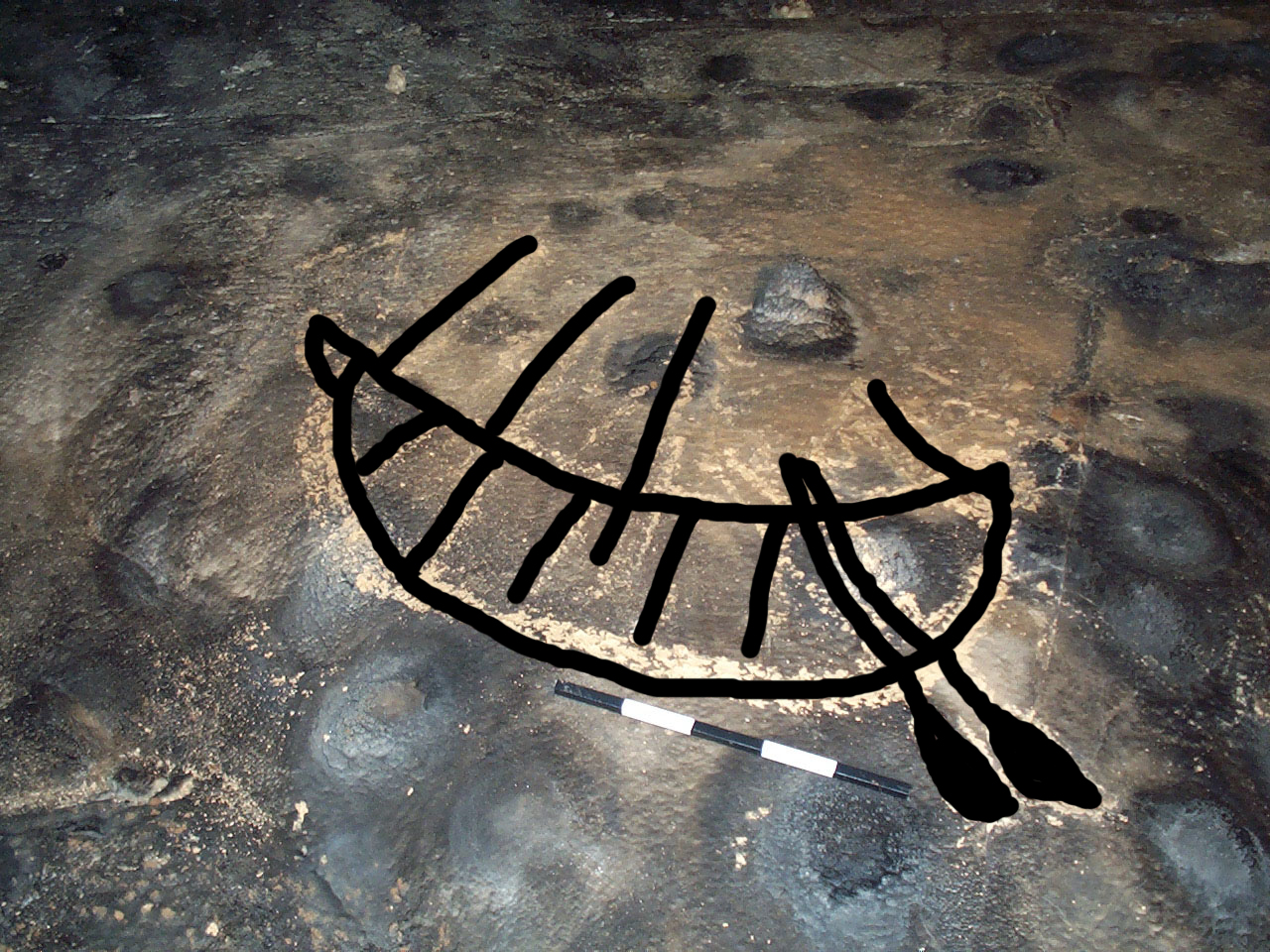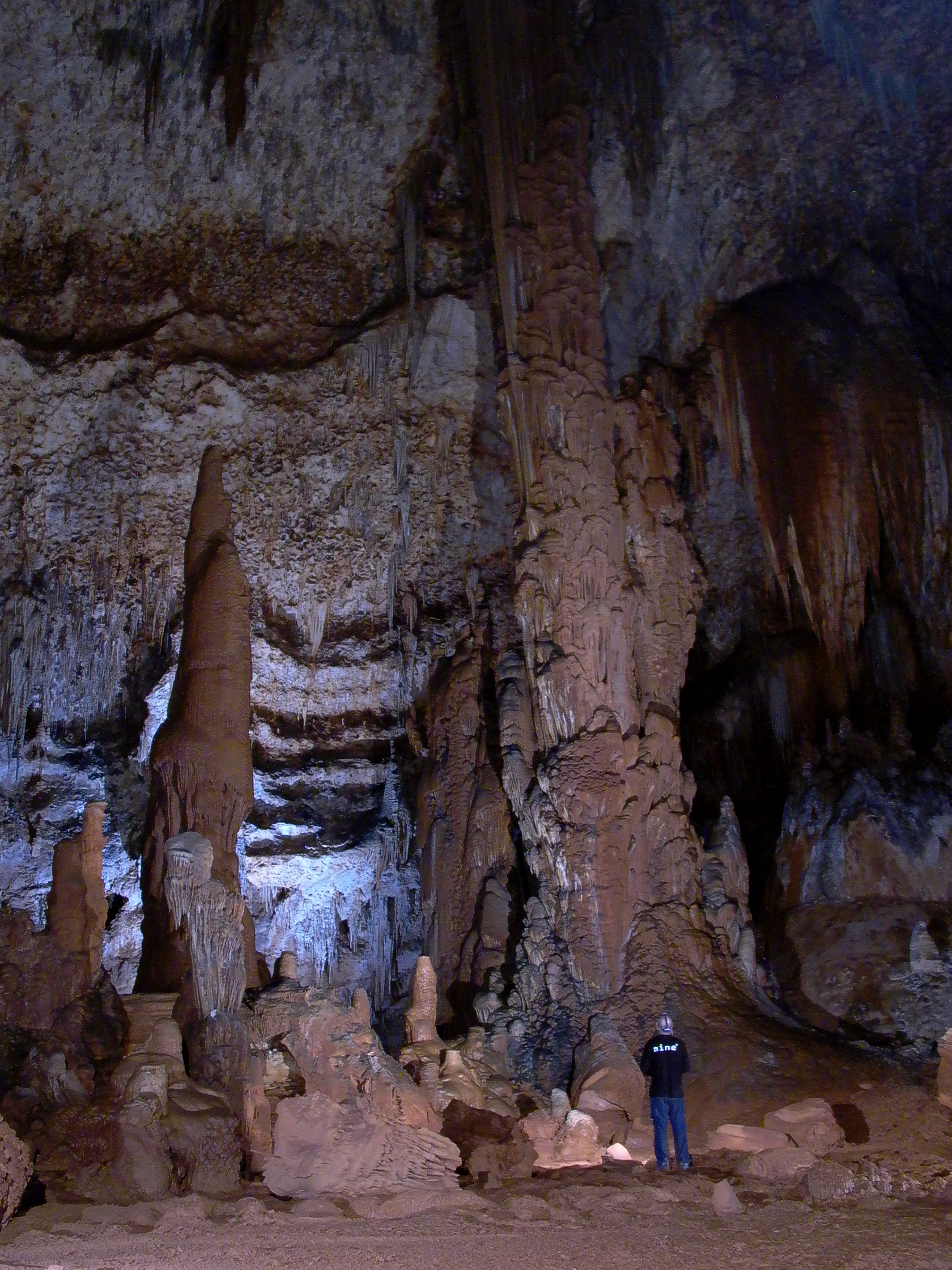(Session 4) "What do images of ships tell us?"—(Re)presenting Shipping
Note: This session will take place at 3pm GMT; 4pm CET and 8.30pm IST.
This session discusses the role of the merchant as an agent of exchange and movement, looking at graffiti of ships from Socotra (alt. Soqotra) and the east coast of Africa. Discussion leaders: Nathanael Andrade (Binghamton University), Mark Horton (Royal Agricultural University and Emeritus University of Bristol) and Ingo Strauch (Université de Lausanne).



The island of Socotra is positioned at the mouth of the Red Sea, close to the coast of Arabia and northwest Africa, making it an important stop-point in the history of Indian Ocean trade. However, as Ingo Strauch claims, "the island never played a central role in these networks" (2012: 14-15) because strong currents, a lack of natural harbors, and the nature of the monsoon cycle made access difficult. The island has been inhabited since prehistory, with evidence of migration from southern Arabia in the mid-first millennium BCE. The only narrative records of the island from Antiquity come from Greek and Latin sources, including the Periplus of the Erythraean Sea, which refers to it as the Dioscorides Island and mentions the presence of Arabian, Indian, and Greek settlers.
Socotra has an intricate and extensive cave system, among which is Cave Hoq. Very recently, epigraphic remains from the cave have been recovered and research on them published. Spotted at the back of the cave and dated between the 2nd to 4th centuries CE, the inscriptions are written in languages involved in Indian Ocean trade at the time: South Arabian, Aksumite, Greek, Indian and Palmyrene. The majority seem to have been written by people of South Asian origin.
Three drawings of ships are found inside the cave; two are barely visible with one providing a very detailed representation. Different types of ships are depicted: just a hull, a one-mast ship and a three-mast ship. Ship graffiti from Socotra has been compared to several numismatic and artistic representations of ships from South Asia, especially paintings found at the Buddhist cave complex in Ajanta, Maharashtra, and coins from the time of the Sātavāhana king Gautamīputra Yajna Śri Sātakarni, who ruled during the second half of the 2nd century CE in Western Indian and the Deccan.
Depictions of ships found along the maritime trade routes between India, the Arabian peninsula and the Roman world have been employed as pictorial evidence for sailing rigs in antiquity. Did mariners use one or multiple masts? Square or lateen rigs? The graffito from Socotra can be compared to other similar images, including those at other Red Sea ports, Myos Hormos and Berenike, and ostraca found in Alagankulam, Tamil Nadu, in attempts to answer these questions. The issue remains, however, of whether we can take graffiti as accurate representations of ancient ships. Are they more accurate than carved or painted images? Were the people who drew them technically informed, or did they make artistic choices?
Beyond focusing on what these graffiti represent, we should question who made the drawings? Is this graffiti evidence of deliberate efforts to leave testimony of their presence on the island? In this session we will discuss how we might use the evidence at Socotra and on the eastern coast of Africa to reconstruct the identity and agency of the merchants and sailors navigating the Indian Ocean world on these vessels.
Object video
Speaker bios
Nathanael Andrade has published extensively on the Roman and later Roman Near East along with other topics. His books include Syrian Identity in the Greco-Roman World (Cambridge University Press, 2013); The Journey of Christianity to India in Late Antiquity: Networks and the Movement of Culture (Cambridge University Press, 2018); and Zenobia: Shooting Star of Palmyra (Oxford University Press, 2018). He is a professor of ancient history at Binghamton University (SUNY).
Mark Horton is Director of Research at the Royal Agricultural University, and Professor of Archaeology and Cultural Heritage. He is also Emeritus Professor at the University of Bristol and a research associate of the Max Planck Institute for the Science of Human History (Jena). He has been working on the coast of East Africa since 1980, conducting excavations at Shanga (Kenya) on Zanzibar and Pemba and at Kilwa and Songo Mnara (Tanzania), the Comoros and Madagascar. His work concentrates on the emergence of port cities and their external connections across the Western Indian Ocean. As part of this he has examined architectural evidence from mosques and houses, which include numerous examples of ship graffiti cut into the wet plaster.
Ingo Strauch is Professor of Sanskrit and Buddhist Studies at the University of Lausanne. His research concentrates on early Buddhist manuscripts and Brahmi and Kharoshthi epigraphy. In 2012, he edited a volume on the inscriptions and drawings from the cave Hoq.
Images
From Socotra
-
Maps: Cave Hoq, Island of Socotra
African comparanda
Indian Comparanda
Discussion Questions
-
What is the current state of debate around the graffiti of ships at Socotra? And in other places or other representations of ships?
-
What can we say about the location of these types of finds? How are they related to the locations of ports? What was the architectural disposition and geomorphology of a first millennium port? How do first millennium ports compare across regions in terms of excavated infrastructure? In terms of graffiti?
-
How do these representations of ships connect to anything known about actual ships that would have traveled the oceans? What other representations of ships do we have and where are they from?
-
What did it mean to cross the ocean in a “ship”? What were the dangers? What were the benefits?
-
Are we able to hint at the identities of people who moved overseas during the first millennium CE and made these representations? If yes, how so? After this inquiry, can we better tell “what” and “who” sailed out of India to points west during the first millennium CE?
-
Who were the visitors to cave Hoq? Were they all merchants? Did the people recorded in the inscriptions actually travel there or did their subordinates go there and record the name of their superiors?
-
What are the implications of the self-representation of these individuals in the inscriptions? How does it compare to normative ethnic and cultural characterization in the Indian subcontinent?
-
The information in the Indian inscriptions is presented in a formulaic way, following a specific order. Is this order reflective of the order on the inscriptions or is it the author's choice? What can it tell us about how the writers perceived themselves or what information they deemed relevant to report? Is the formula reflective of South Asian examples of merchant cave inscriptions or does it vary, revealing a unique manifestation within Indian Ocean stop/ports?
-
Informal graffiti such as these reveals the writing skills and techniques of travelers, sailors and merchants. Does this indicate a certain level of literacy among these groups?
-
Merchants were agents of the exchange of goods and movement. What was their role in the exchange of ideas in the first millennium? Were they active vehicles of knowledge of “otherness/other worlds”?
-
What is it like to see these inscriptions in situ? What is the experience of a visitor to the site?
Key References
Darley, Rebecca. “The Island Frontier: Socotra, Sri Lanka and the Shape of Commerce in the Late Antique Western Indian Ocean.” Al-Masāq, 31:2, 2019. 223-241.
Horton, Mark, Nicole Boivin, and Alison Crowther. “Eastern Africa and the Early Indian Ocean: Understanding Mobility in a Globalising World.” Journal of Egyptian History, 13:1-2, 2021. 380-408.
Power, Timothy. “The Late Roman Erythra Thalassa.” In The Red Sea from Byzantium to the Caliphate: AD 500-1000. Oxford: Oxford University Press, 2021. 19-59.
Schlingloff, Dieter. “Kalyanakarin’s Adventures. The Identification of an Ajanta Painting.” Artibus Asiae 38, no. 1 (1976).
Strauch, Ingo, ed. Foreign Sailors on Socotra. The Inscriptions and Drawings from the Cave Hoq. Hempen Verlag: Bremen, 2012 (Vergleichende Studien zu Antike und Orient. 3).
Strauch, Ingo. “Indian Inscriptions on Socotra: New Evidence for Indian Maritime Trade in the Western Indian Ocean.” In Beyond National Frames: South Asian Pasts and the World, edited by Rila Mukherjee. New Delhi: Primus Books, 2015. 74-88.
Strauch, Ingo. “Indian Inscriptions from Cave Hoq at Socotra.” In Ports of the Ancient Indian Ocean, edited by Marie-Françoise Boussac, Jean-François Salles, and Jean-Baptiste Son. New Delhi: Primus Books, 2016. 79-98.
Whitewright, Julian. “Sailing Rigs of the Western Indian Ocean during the First Millennium AD.” In Maritime Contacts of the Past: Deciphering Connections Amongst Communities, edited by Sila Tripati. New Delhi: Delta Book World, 2015. 569-89.